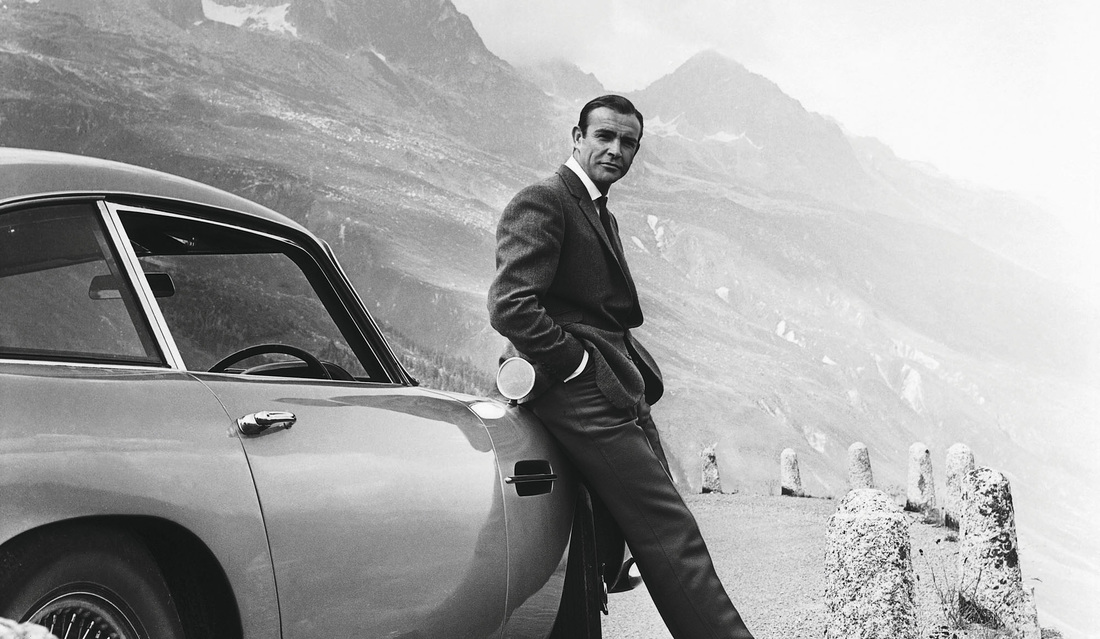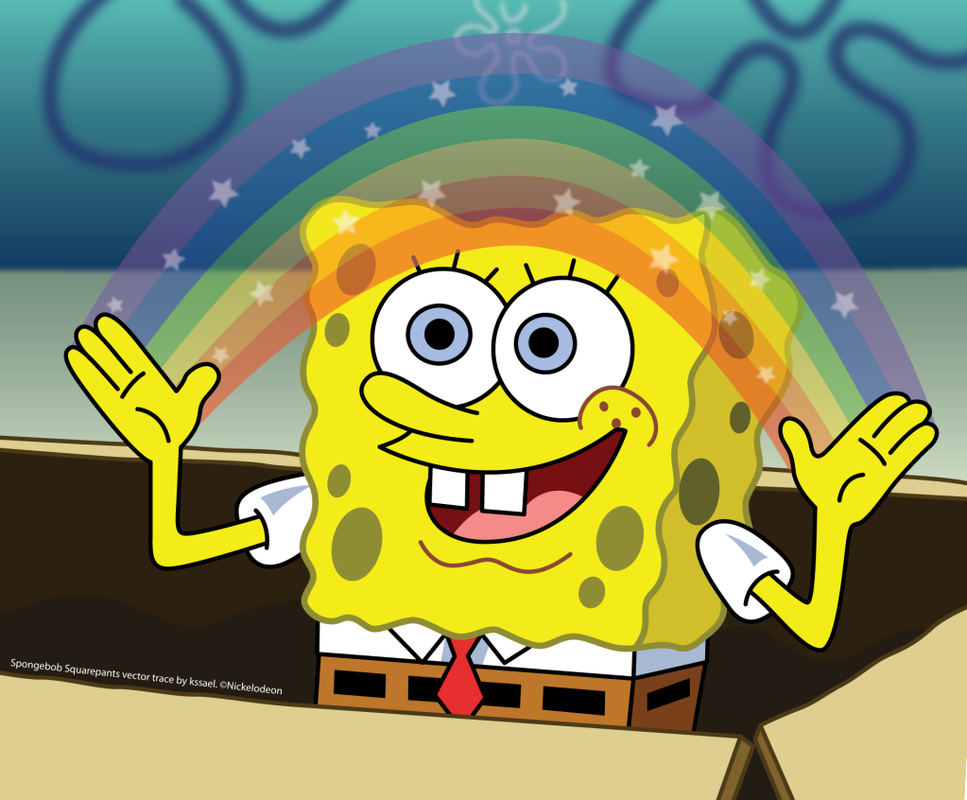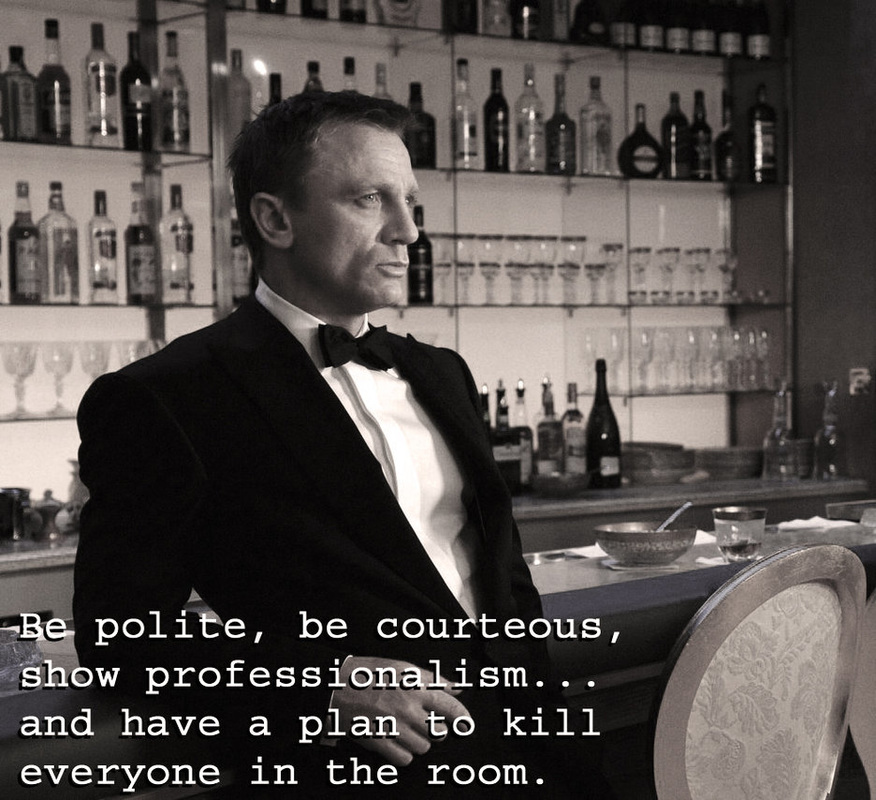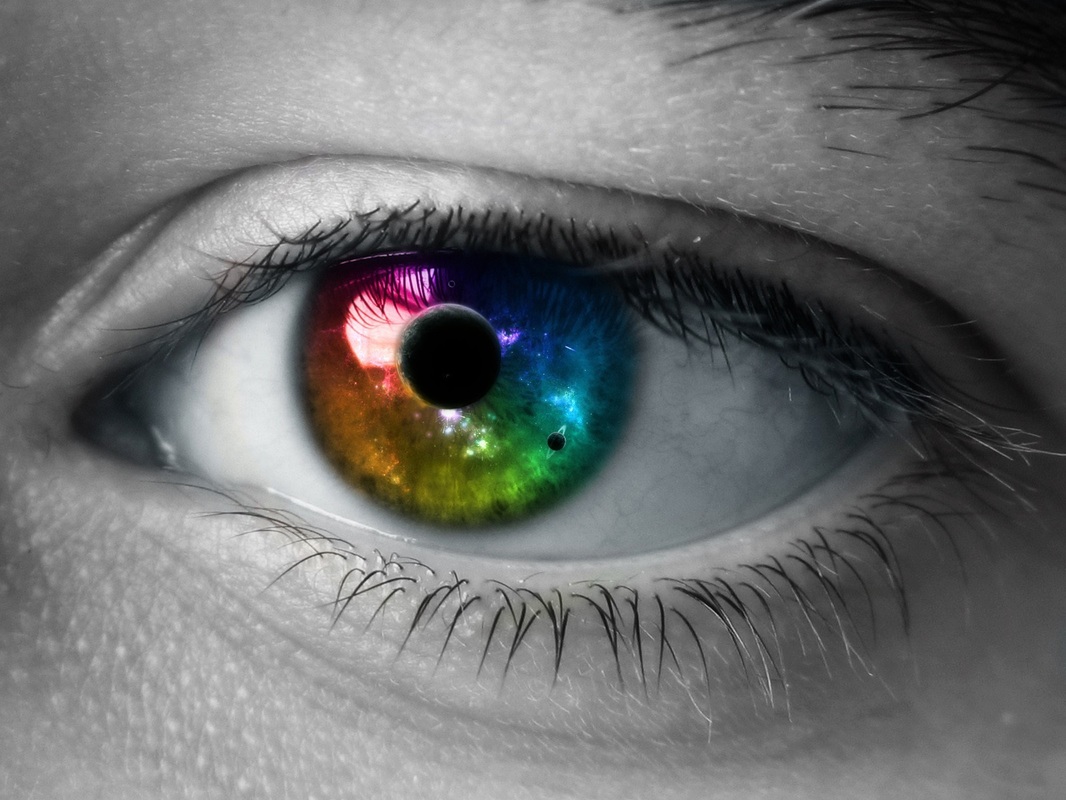n
One thing I noted from watching the best of the best during the games—and here I have to include the remarkable Simone Biles and the other-worldly Usain Bolt—is how they used their eyes to trigger very deep altered states. In doing so they were able to shut the world out and tap into their unconscious—and monumental—abilities. Here are other observations from watching these two incredible athletes and others get into their respective “zones”:
- Initially they look out in space in front of them to a specific place or zone. Most focus straight out in front or slightly down with some looking slightly to either side. It’s unique for each athlete.
- Once settled into that location their eyes initially seem to go a bit unfocused into a soft gaze.
- From there, some of them (Michael Phelps!) harden their gaze, seemingly narrowing their focus and probably amping up their internal intensity as well.
Clearly what’s going on is a sequence with the eyes being used as a trigger to access one or more internal resource states. By doing so the athletes are also able to shut out unwanted outside distractions and minimize or eliminate completely random internal chatter. But more importantly, an eye sequence is being used to tap into the unconscious to take maximum advantage of countless hours of practice, timing, and routine.
Watching the Olympics I was also reminded of how incredibly stressful the Master’s exam can be for students, especially the theory exam where one sits across from a panel of examiners and faces incredibly difficult questions for the better part of an hour. For some students, especially those without an upper level academic background (as in college), the theory is the most difficult of the three segments of the overall exam. During the theory exam one must be able to keep a clear head in order to access memories of bits and pieces of information, some bordering on the insanely obscure. What happens if the student can’t find the answer to a question quickly or has to pass on several questions in a row? Odds are they might quickly go into overwhelm, a polite way of saying freak out. During one of these moments of fear/panic one has to be able to quickly reset and call up, for lack of a better word, courage.
I’ve come to believe that these reset moments can be incredibly valuable. The combination of being able to quickly clear one’s mind and then go into a maximum resource state adding a dash of courage/determination can be a huge difference maker. If that’s the case, can the strategies used by Olympic athletes described above also be used by us mere mortals for other purposes? The answer is a resounding yes. With that in mind, here’s a strategy based on the sequence mentioned above. It combines two powerful internal resource states in a quick and elegant sequence using eye positions and quality of focus as triggers. With practice and repetition it will provide anyone with the necessary keys to access a top positive memory state as well as much-needed feelings of courage and determination.
Setting Up the Resource States
Technically we’ll be using anchoring and eye positions to access establish and two combine two powerful resource states. The states are:
- Your happy place: the space/memory where you feel emotionally up, free, and remarkably focused.
- Courage/determination: we’ll call it the “James Bond zone,” the space/memory where you feel as if nothing can stop you–and everyone else should really stay out of your way.
- Get back: think of a time when you were on top of the world; when everything you did worked, everything was easy—and you could remember any and everything immediately. FYI you really should have played Powerball that day.
- Really get into the memory: see what you saw at the time, stand the way you stood, breathe the way you breathed, feel the way you felt. Make it strong!
- Freeze frame: now freeze the memory and note precisely where you are looking. How far away is it? What’s the exact location? Pinpoint the exact place by pointing to it in space. This is important as we’ll use the eyes to trigger getting back into the memory quickly by looking precisely to the same place.
- Disassociate: once you have the precise location, disassociate: look up then down and then think about what you had for breakfast. Or lunch. Or what you did yesterday.
- Return: now take a deep breath and move your eyes quickly back to that precise spot that puts you back into the powerful resource memory, your “happy place.” As for the memory itself, make the feeling of being happy and incredibly sharp even stronger. Double it! Once you really have it, disassociate again by looking around the room.
- Practice: try looking around randomly and then suddenly and quickly snap back to that spot that triggers your happy place. Do this at least 10 times and disassociate in between as completely as you can. Practice until you can quickly and easily zap back to your “happy place” zone. Make the feeling stronger every time!
Now we need to add a pinch of courage/determination/kick-ass to the recipe. To do so we need a second memory; a time when you were unstoppable and kicked the world’s ass, so to speak. If you can’t come up with one you can pretend to be Daniel Craig playing James Bond in the meme above.
* The author wants to assure the reader that no small animals were harmed in the writing of this blog post. The author is further not condoning faux movie violence in any form. For the sake of transparency—and because people can take what they read entirely too literally—the author will of course note that there is no actual intention of harming anyone in the room. Capiche? Good. Moving on.
- Go into your James Bond zone: think of that time when you were unstoppable. As with the first memory, see what you saw at the time, stand the way you stood, breathe the way you breathed, feel the way you felt. Make it strong! Really get there.
- Freeze frame: note PRECISELY where you’re looking to access your memory/fantasy. Carefully note the exact location in space where you look to trigger the James Bond zone. Point to it in space so you know exactly where it is.
- Disassociate: as before, once you have the precise location disassociate–look up then down; think about what you had for breakfast or what you’ll be having for dinner—anything but your Bond zone.
- Return: now take a deep breath and move your eyes quickly back to that precise spot that puts you back into the James Bond zone. As for the memory itself, make the feeling even stronger. Double it! Once you really have it, disassociate again by looking around the room.
- Add determination: once you have the exact location for the James Bond zone down, go back to it and while in the zone become aware of the two spots just beneath your eyes and intensify the feeling of determination while making your gaze a little firmer—the opposite of a soft, relaxed gaze.
- Chin: lower your chin slightly and smile a bit while holding your eye position and maintaining the feeling of determination.
- Phrase: end with saying a phrase to yourself. Two come to mind: “I’ve got this,” or, “Your ass is mine.” Or something like that. Be creative and find something that works for you. Remember, use your inside voice!
- Practice: try looking around randomly and then suddenly and quickly snap back to that spot that triggers the Bond zone. Do this at least 10 times and remember to disassociate in between as completely as you can. Practice until you can quickly and easily zap back to your Bond zone.
Now we’ll combine the two resource states:
- First, take a deep relaxed breath and then quickly move your eyes to the location of your happy place. Really get into it and feel it as completely as possible.
- Next move your eyes to the location of the Bond zone and feel the feelings of determination, etc. Become aware of the two points just beneath your eyes, lower your chin just a bit, smile, and say your internal phrase.
- While keeping the feelings of the Bond zone move your eyes back to the happy place location.
- Sequence and practice: go back and forth multiple times moving your eyes from one position to the other, linking both powerful resource states.
IV. Two Places at Once
Once you’ve practiced linking the two states as described above it’s time to trigger the entire sequence quickly with the eyes alone and one location.
- Take a deep, relaxed breath.
- Look to the precise spot for your “happy place.”
- Keeping your eyes in the happy place location, firm up the quality of your gaze, be aware of the two spots below your eyes, lower your chin a bit and smile, and say your internal phrase.
- Disassociate!
- Practice until you can quickly trigger the entire sequence in a few moments by simply looking to the “happy place” location changing your gaze and feelings to your Bond zone.
Coda
At some point in the not so distant future neurologists and/or behavioral scientists will make big splashy headlines concerning findings about how important eye positions and patterns are to cognition, memory, and learning—even our emotional states. And how we can even leverage our kids’ natural eye/thought patterns to make learning and memory far easier for them.
But you read it here first.
nn



